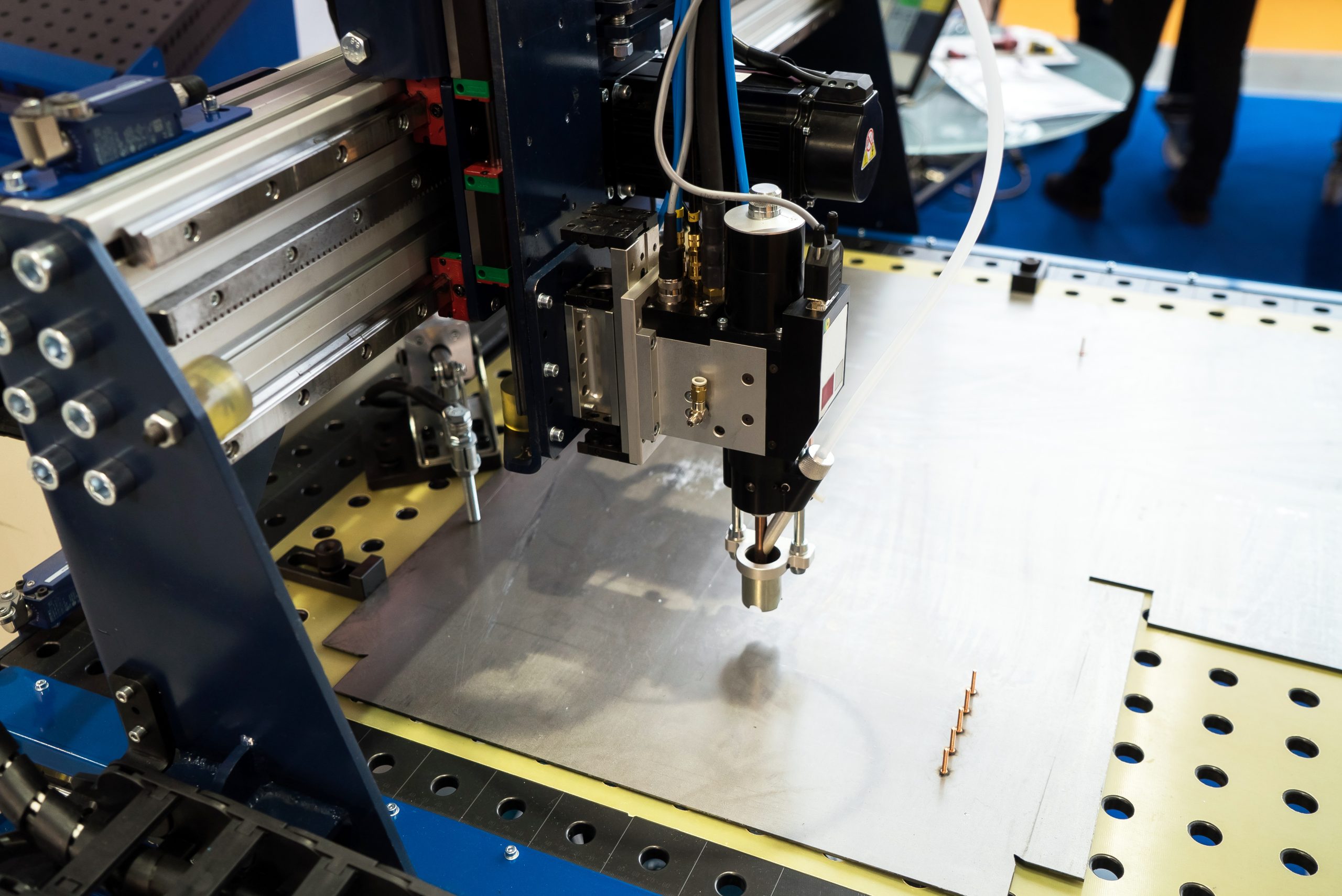What Are the Benefits of Stud Welding for Businesses?
Stud welding is a popular welding technique that forms strong results manually or automatically. It’s used across various industries including the automotive, farming, and construction sectors. Before moving ahead, we would suggest you to study a welding course in case you’ve planning to join it from a long time but couldn’t make the final decision. Welding can actually be a rewarding career, in spite of the fact that school costs are relatively low for most welding schools and it is no lie when said it doesn’t cost much to become a welder, yet welders still make a good earning.
The versatile welding method, which involves joining two metal parts with the heat from an arc of electricity, is often favoured over other processes, such as spot welding and back welding. But why is stud welding considered more beneficial, and is it right for your business?
Convenience
Stud welding is a speedy process as it involves fewer steps, depending on the equipment you use, leaving you with more time to focus on other areas of the business and enhance productivity.
Taylor Studwelding, the UK’s leading designer, manufacturer and supplier of stud welding equipment, provide machinery that can weld up to 60 studs within 60 seconds, which is ideal for long-running, time-sensitive, or large projects.
Longevity
The technique creates long-lasting and reliable results by forming a weld between the stud and parent material that is even stronger than the original components. However, ensure you use resilient materials that are a suitable width and texture to endure the strength of the machine.
Stud welding doesn’t require punching or deburring holes into the metal sheet either, unlike back welding, which can weaken the material by causing leakages and corrosion.
Reduced costs
Stud welding costs less than other methods due to the fewer business hours required to complete the process. Automated stud welding machines enhance accuracy too, which minimises expensive manufacturing errors that can cause recalls.
On top of this, the durable finish of stud welding decreases the chance of unexpected maintenance fees arising.
Accessibility
When carrying out stud welding, the welder only needs access to one side of the parent material, whereas, with spot welding, they need access to both.
A lightweight stud welding machine fitted with wheels and handles makes transporting the equipment easier, which is especially useful if you’re working in hard-to-reach or awkward places.
Visually pleasing
The stud weld finish is seamless as it’s only visible from one side of the parent material. There is also minimal risk of damaging existing paintwork or marking the reverse side of the material during the process, which often occurs with other techniques.
These aesthetic perks are particularly beneficial for manufacturing decorative products such as badges, jewellery clasps, and homeware.
Flexibility
Stud welding is suitable for many metal types, including stainless steel, mild steel, copper, brass, and aluminium.
There are also different types of stud welding to choose from, including Capacitor-Discharge, Drawn Arc and Short Cycle stud welding, so you can find a technique that meets your business needs.
The many benefits of stud welding make it a highly efficient technique for businesses. The variety of machinery available allows you to choose an option that aligns with your priorities, whether that’s cost, time, or quality.

